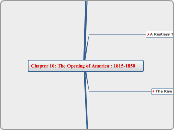av NS - 09DK 914752 North Park SS för 5 månader sedan
131
Urbanization & Sustainability
Waste management is a critical aspect of environmental conservation, aiming to efficiently collect, transport, treat, and dispose of solid waste without harming the environment. Traditional methods like burning or dumping waste are being replaced by more sustainable solutions.









